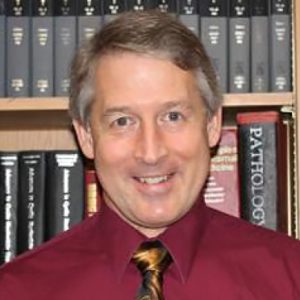About Us
What We Do
The CBN is the organization out of which the Graduate Program in Neuroscience was developed, now recognized as a strong, nationally competitive program throughout the country. The CBN funds collaborative pilot projects, sponsors an annual spring retreat and the fall San Antonio Brain Health Symposium. It hosts other world-class speakers and special lectures throughout the year, promotes enrichment and outreach, including the annual Brain Bowl and other Brain Awareness Week activities.
Diseases of the brain and nervous system are among the most costly and debilitating, and among the most poorly understood and difficult to treat. It is hard to imagine anyone who has not been touched in some way by the devastation wrought on individuals, families and communities by these diseases. Whether it is to understand the flow of ions across a cell membrane, or how these molecular events translate into the thoughts, emotions, aspirations and dreams of the human mind, there is no discipline more challenging and impactful than the study of the brain, and no endeavor more rewarding.

Who We Are
In 2001, the Center for Biomedical Neuroscience was formed to serve as an umbrella organization for all neuroscientists and neuroscience-related activities on our campus. The mission of the CBN was clear – to enhance and promote all teaching, research, service and outreach activities related to neuroscience at the UTHSCSA. The CBN is led by a steering committee comprised of the leadership of all major neuroscience components on campus. Dr. Alan Frazer served as the first CBN director, from 2001-2009, succeeded by Dr. David Morilak in 2009. Following a strategic plan developed by the membership in 2009-2010, the CBN applied for and was granted formal Center status as an Organized Research Unit in the summer of 2012.
Today, the CBN has over 120 members from 6 basic science and 11 clinical departments in the Medical School, Dental School, School of Nursing, School of Health Professions, Research Imaging Institute, Barshop Institute for Longevity and Aging Studies, Biggs Institute for Alzheimer’s and Neurodegenerative Diseases, Mays Cancer Center and the Military Health Institute.
Our History
The growth and development of Neuroscience as a discipline at UTHSA paralleled the growth of Neuroscience on the national stage. The 1990’s were declared the Decade of the Brain by President George Bush, and in that decade, membership in the Society for Neuroscience doubled, from 13,000 to nearly 30,000 members. In the early 1990’s, the UTHSCSA in its strategic plan had established the goal to develop Neuroscience as an area of excellence. This was an ambitious goal, as there was, prior to that time, very little Neuroscience research at this institution. Over the next decade, several new chairs were recruited into key clinical and basic science departments who were neuroscientists themselves, and who then recruited a large cadre of new neuroscience faculty, both junior and senior, into their respective departments, including Pharmacology, Physiology, Biochemistry, Psychiatry, Neurology, Neurosurgery, Endodontics and the Research Imaging Center. As these departments consolidated and interacted, a critical mass was emerging in a growing community of basic and clinical neuroscientists, and a formal mechanism was needed to create and maintain a sense of cohesion for this community, and to provide a programmatic entity with which our neuroscientists would affiliate and identify.
Contact
David Morilak
Director, Center for Biomedical Neuroscience
Professor
Pharmacology
(210) 567-4174
morilak@uthscsa.edu
Melinda Utoft
Senior Academic Program Coordinator
(210) 567-4220
utoft@uthscsa.edu
